
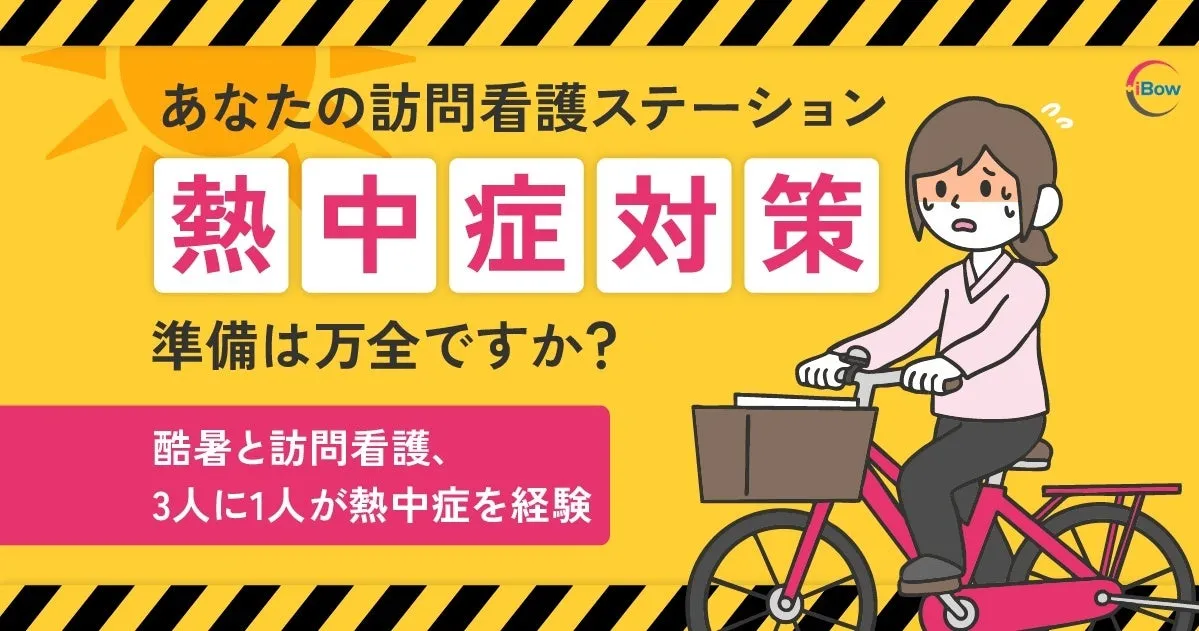
Emergency Survey Reveals Challenges in Home Nursing Amidst Heatwaves
Addressing Heat Stroke in Home Nursing: A Critical Survey
The oppressive heat of Japanese summers has become commonplace, with the term "record-breaking heat" frequently used. Starting June 1, 2025, the Ministry of Health, Labour and Welfare will enforce revised labor safety regulations, making heat stroke prevention mandatory for businesses. An urgent survey conducted by eWeLL, a company specializing in digital support for home healthcare, targeted 596 home nursing professionals across Japan to address these pressing concerns regarding heat stroke management in the field. The findings revealed a significant disconnect between the legislation and the realities faced by caregivers on the ground, shedding light on severe dilemmas they contend with.
Key Findings of the Survey
- - Discrepancy Between Awareness and Reality: Approximately 36.7% of respondents reported experiencing heat stroke (or suspected it) during their work hours. Despite a high level of awareness regarding preventative measures, support from employers has been inadequate, leading to instances where caregivers are left to fend for themselves.
- - Barriers in Client Homes: The most significant obstacle in raising awareness about heat stroke among clients was their reluctance to use air conditioning, with reasons rooted in financial constraints or differing values. This leaves nurses caught in a tug-of-war between ensuring their own safety and respecting the wishes of clients.
- - Lack of Knowledge About New Regulations: Surprisingly, 67.4% of the surveyed caregivers admitted to being largely unaware of the revised rules that include penalties, raising questions about communication strategies and how effectively information is disseminated.
Why is Compliance Challenging in Home Nursing?
The revised labor safety regulations target not just specific industries but also environments where heat stroke risks are present, adding complexity for those in home nursing. Key considerations include:
- - Expansive Range of Work Environments: The threshold for heat-related risks encompasses not only outdoor settings but also client homes without air conditioning and high-humidity areas, such as bathrooms during bathing assistance.
- - Inclusion of Travel Time: Time spent traveling between clients is considered work time, making it subject to the new precautions. The risks of biking under the scorching sun or the rise in vehicle temperatures during travel are significant concerns.
- - Isolation During Work: Unlike office settings, nurses often cannot immediately communicate health concerns to colleagues due to the solitary nature of their work. While there are mandates for reporting symptoms, the effectiveness of this reporting system remains under scrutiny.
Given these factors, home nursing professionals operate in exceedingly challenging conditions regarding heat stroke prevention.
Realities Faced in Home Nursing
1. One in Three Faces Heat Stroke: 36.7% of respondents reported having experienced heat stroke at work. While 98.2% claimed to take preventative measures, the survey revealed how deeply individual efforts rely on personal responsibility.
> "In stations, there are no measures in place, and we are told to manage our own hydration. If we suffer heat stroke, it’s considered our responsibility—not eligible for workers' compensation," one respondent noted.
2. The Dilemma of Client Environments: Issues surrounding air conditioning acquisition were critical. Many nurses cited challenges such as:
> "Some houses lack AC, forcing us to care for clients in sweltering conditions."
> "We are hesitant to insist on air conditioning use, as many clients deem it wasteful."
> "Some clients, particularly the elderly, may not physically perceive extreme temperatures, leading to unpredicted health risks for nurses during home visits."
3. New Rule Awareness is Low: Regarding the revised labor safety regulations that mandate certain heat stroke prevention strategies, only 32.5% of caregivers claimed to be well-informed, highlighting a critical gap in communication.
> Only 35.9% had heard vague details, while 31.5% had no knowledge at all.
Voices from the Field
Participants conveyed a range of specific needs and expectations:
- - Expectations from Stations: "I hope visit schedules can be adjusted properly to avoid back-to-back bathing assistance, allowing for breaks."
- - Expectations from Administration: "I wish for dedicated spaces for temporary parking of visit vehicles in shaded areas during extreme heat."
Looking Ahead
The recent survey underscores the dual responsibilities that home nursing professionals face during extreme heat: ensuring their safety while caring for clients’ health. eWeLL aims to continue enhancing operational efficiencies through digital solutions, promote equitable workloads, minimize travel burdens, and support timely communication for effective clinical decisions.
Through ongoing initiatives, eWeLL seeks to convey the authentic experiences from the field while advocating for sustainable practices in home healthcare, enabling professionals to deliver high-quality care without compromising safety.




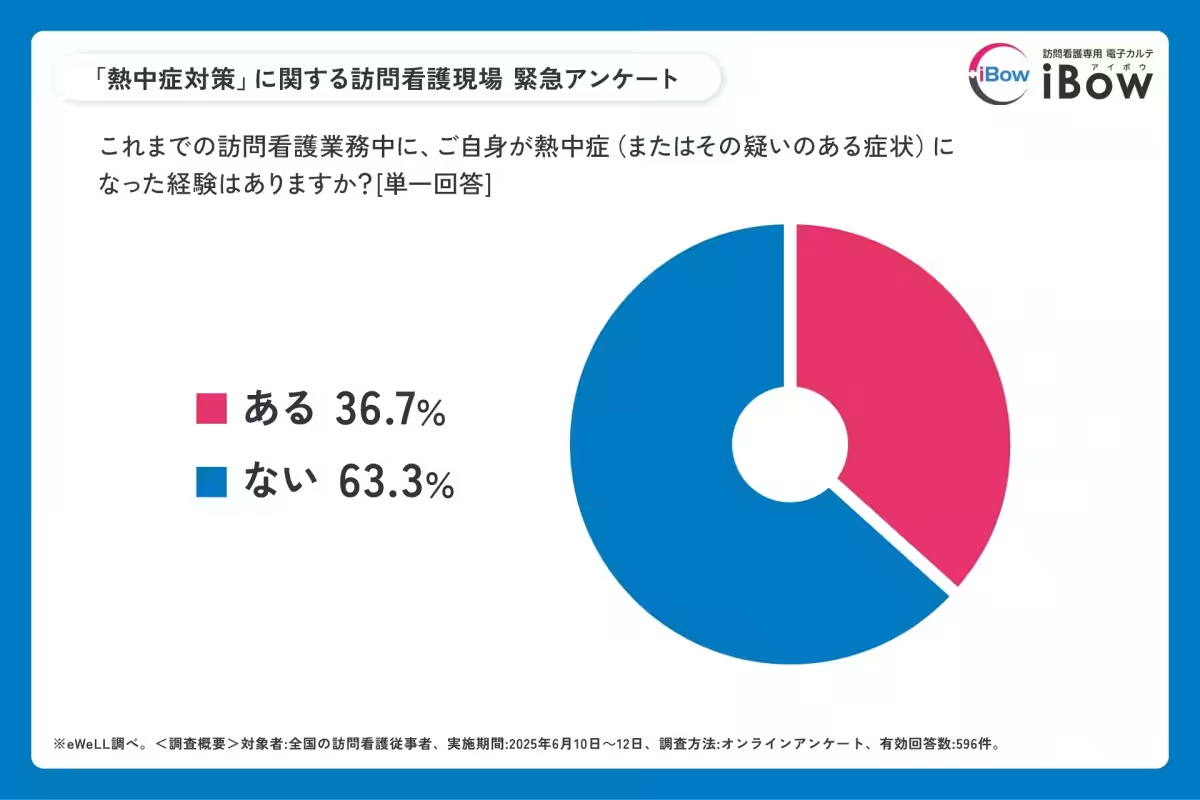
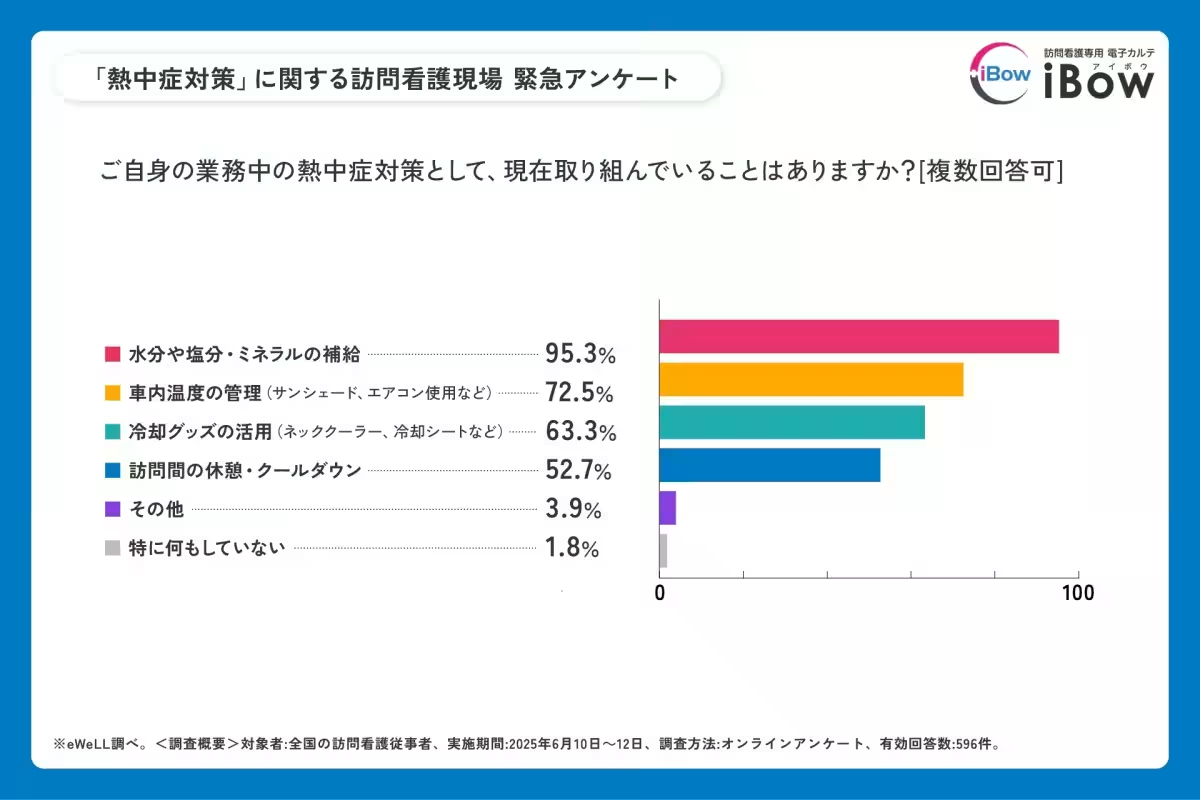
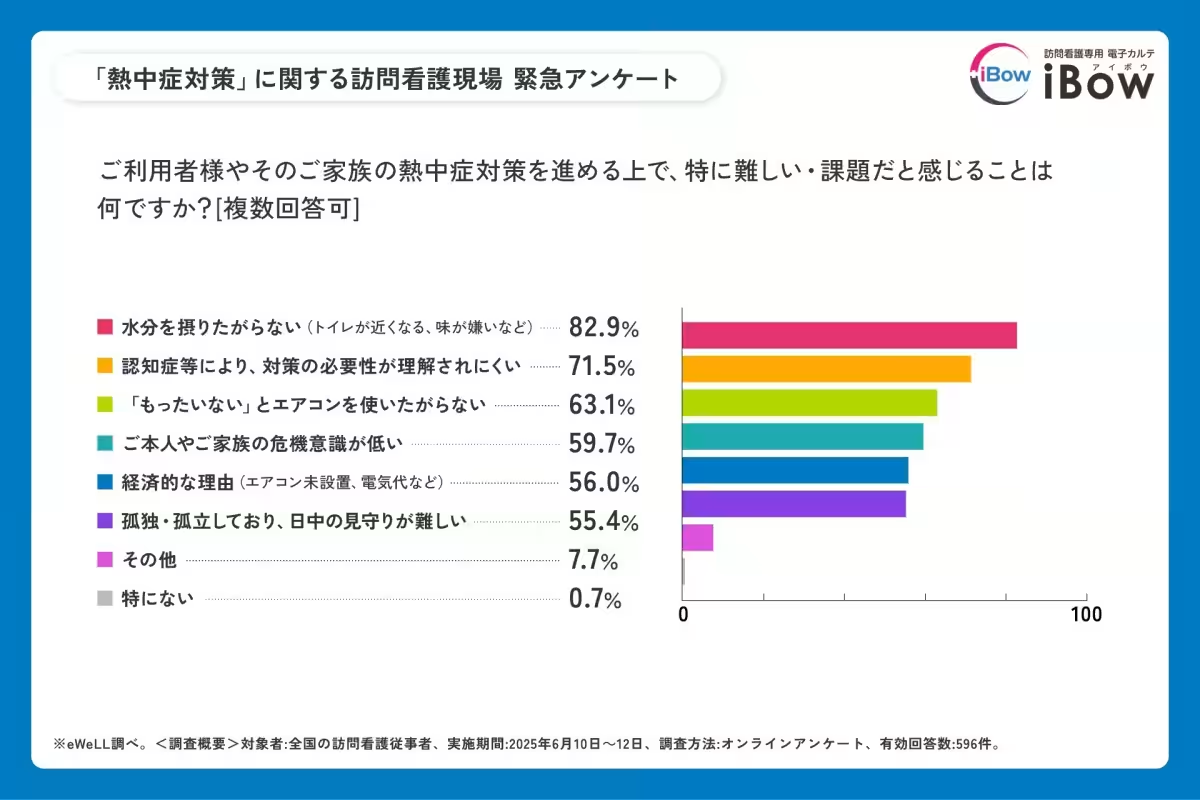
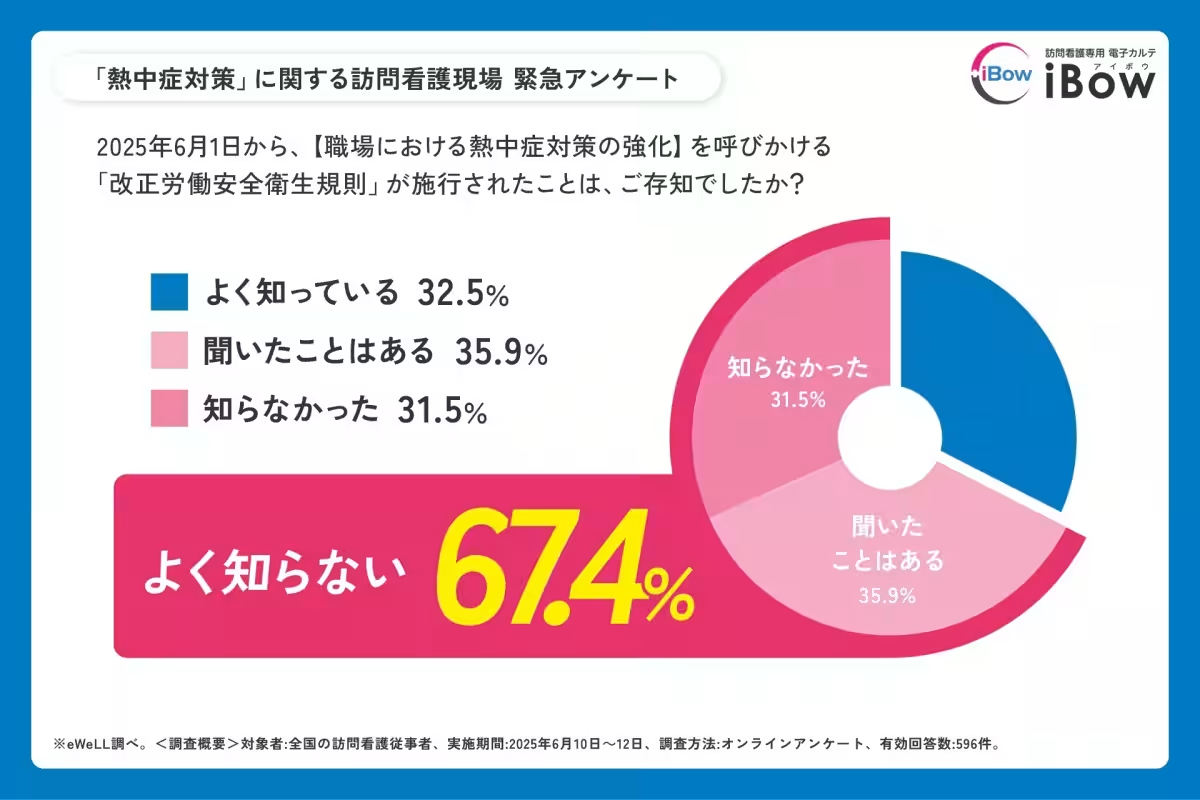
Topics Health)







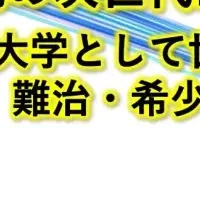


【About Using Articles】
You can freely use the title and article content by linking to the page where the article is posted.
※ Images cannot be used.
【About Links】
Links are free to use.